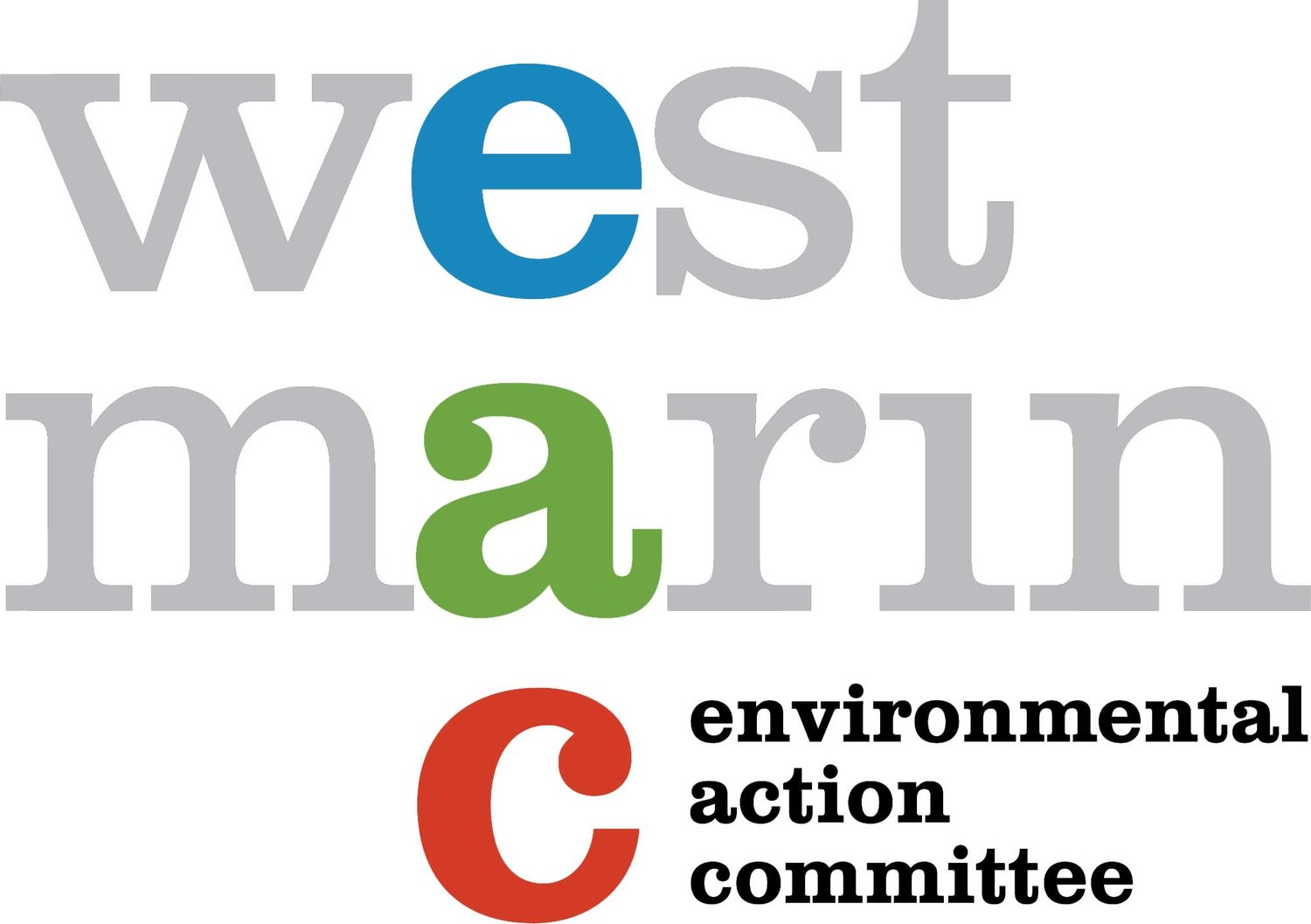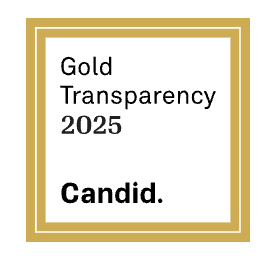Point Reyes Station, California (October 24, 2025) - The federal government has proposed opening much of the Pacific, including California’s coastal waters, to offshore oil drilling.
Leaked documents obtained by the Houston Chronicle reveal the Trump administration intends to open waters all along California’s coast to offshore oil leasing. This includes opening an area that stretches from the Sonoma-Mendocino County border down towards Big Sur (and including Marin County), to leasing in 2027 and 2029. Proposed areas could allow harmful offshore drilling activities that destroy habitat, harm wildlife, cause pollution, impact fisheries, and threaten coastal economies and communities.
Outer Continental Shelf Planning Areas. Marin County is located in the Central California Planning Area. These areas may be at risk to expanded offshore drilling.
This comes as part of a larger effort by the Trump administration to “drill, baby, drill” despite widespread outcry from communities, businesses, and state governors across the country. Earlier this year, Trump released his Unleashing American Energy Executive Order, announcing his intent to “encourage energy exploration and production on Federal lands and waters, including on the Outer Continental Shelf,” stating that “burdensome…regulations have impeded the development of these resources.” These so-called burdensome regulations have historically protected communities and the environment from the irresponsible and ecologically harmful aspects of energy development.
In April, the Bureau of Ocean Energy Management (BOEM), the federal agency that manages the development of energy, minerals, and geological resources in the U.S. Outer Continental Shelf (OCS), announced its intent to develop a new 5-year plan for offshore oil and gas leasing. The 11th National Oil and Gas Leasing Program would propose a schedule for when—and where—offshore oil and gas lease sales would occur on the OCS.
Thousands across the country, including environmentalists, fishermen, businesses, coastal communities, state governors, and more, were concerned that this plan would open wide swaths of our waters to new oil and gas leasing—with potentially devastating environmental, economic, and health impacts. In fact, the first public comment period that ended in July garnered tens of thousands of comments, including a letter from Marin County, opposing expanded offshore drilling.
Unfortunately, earlier this week, leaked documents revealed these fears have been realized: the 5-year plan is set to include nearly all coastal waters of the U.S. for lease sales, including large portions of the California coast that had previously been removed from consideration by former President Biden.
What does this mean for our coastal waters, communities, and wildlife? Oil exploration, drilling, and transportation all carry risks. Normal oil drilling operations already release toxic pollutants into the water. Heavy metals can also accumulate in fish, which people consume. And with oil, it’s not if it will spill, but when—thousands of oil spills already occur in U.S. waters every year, with devastating impacts for marine life, coastal communities, and the tourism industry. Many are familiar with photos from past spills of oil-slicked birds and toxic black sludge polluting our beaches. Even looking for oil can be extremely harmful and disruptive to marine life; boats manned with airguns release explosive, frequent noises underwater to map undersea structures, which are loud enough to cause auditory injuries and chronic stress to marine mammals and reduce fish catch rates.
Elephant seals at Drakes Beach.
Marin’s coastal habitat is significant for recreation, tourism, and commercial fishing. Marin’s waters provide habitat for at least 25 endangered or threatened species, 36 marine mammal species, over a quarter-million breeding seabirds, and one of the biggest, most significant white shark populations on the planet. Additionally, the beaches and shorelines of Marin are visited by people locally and internationally.
Since EAC’s inception in 1971 following the Standard Oil Spill, we have fought offshore oil alongside NGO partners and businesses.
“Marin County’s shoreline borders the Greater Farallones National Marine Sanctuary, nine Marine Protected Areas, and three special closures. The waters off Marin County are globally significant and provide a productive marine ecosystem, abundant wildlife, and valuable fisheries. The priceless biodiversity and thriving marine ecosystems of our north central California coast are uniquely vulnerable to the impacts of an oil spill. We are vehemently opposed to any drilling off the West Coast. It could devastate our valuable coastal economies and pristine marine eco-systems. Not to mention, it’s nonsensical and backwards”
Even more egregious is the administration’s obstruction of the public process that would typically occur. The leaked documents show that the public meetings BOEM would normally hold about the program have been removed from the agency’s agenda, severely restricting the public’s ability to learn about and voice their opposition to the program. The administration would also reportedly remove the requirements for draft environmental impact statements for proposed leases, diminishing the public’s ability to learn about environmental impacts and comment on their concerns early on. This is another blow in a long line of Trump’s continued attacks on bedrock environmental laws like the National Environmental Policy Act.
While these draft documents are not final, their threat is real.
In a response to this leaked information, Natural Resources Ranking Member Jared Huffman, whose Congressional District includes Marin County, denounced Trump’s plan, stating, “the people of California…have made their opposition to offshore drilling loud and clear. This sneak attack on California’s coast is the worst-case scenario we’ve warned about for years.”
Many cities and counties in California already have ordinances that restrict offshore oil in some way. In 2020, EAC and The Ocean Foundation led the charge for Marin County to pass an ordinance banning the construction of new onshore oil infrastructure without a vote from residents.
However, oil drilling impacts occur regardless of county or state boundaries; oil spills could devastate our coast and economies, and many already have, like the Union (1969), Standard (1971), Cosco Busan (2007), and Refugio (2015) oil spills, to name a few.
Extracting more fossil fuels from our oceans will only worsen the climate crisis—in a time when we should be fully invested in sustainable and renewable energy sources, the administration is seeking to return to dirty and finite oil, with climate consequences not just for Californians but for the entire world.
EAC shared offshore oil information at the recent EV Expo in Point Reyes Station.
take action
BOEM’s draft offshore drilling plan could drop any day now, followed by a public comment period. It will be crucial to make our opposition heard. Sign up for our newsletter to be informed of action alerts, or email us and let us know you’re interested in opposing offshore oil!





